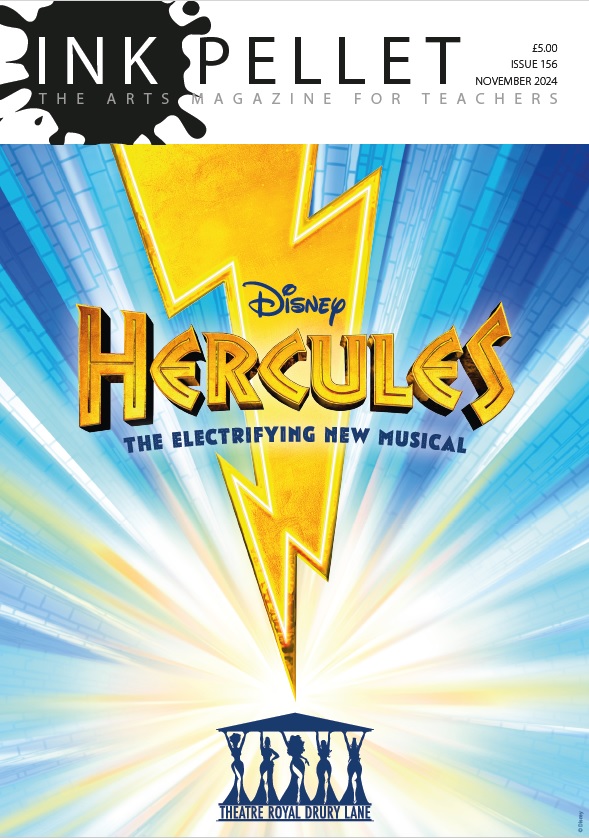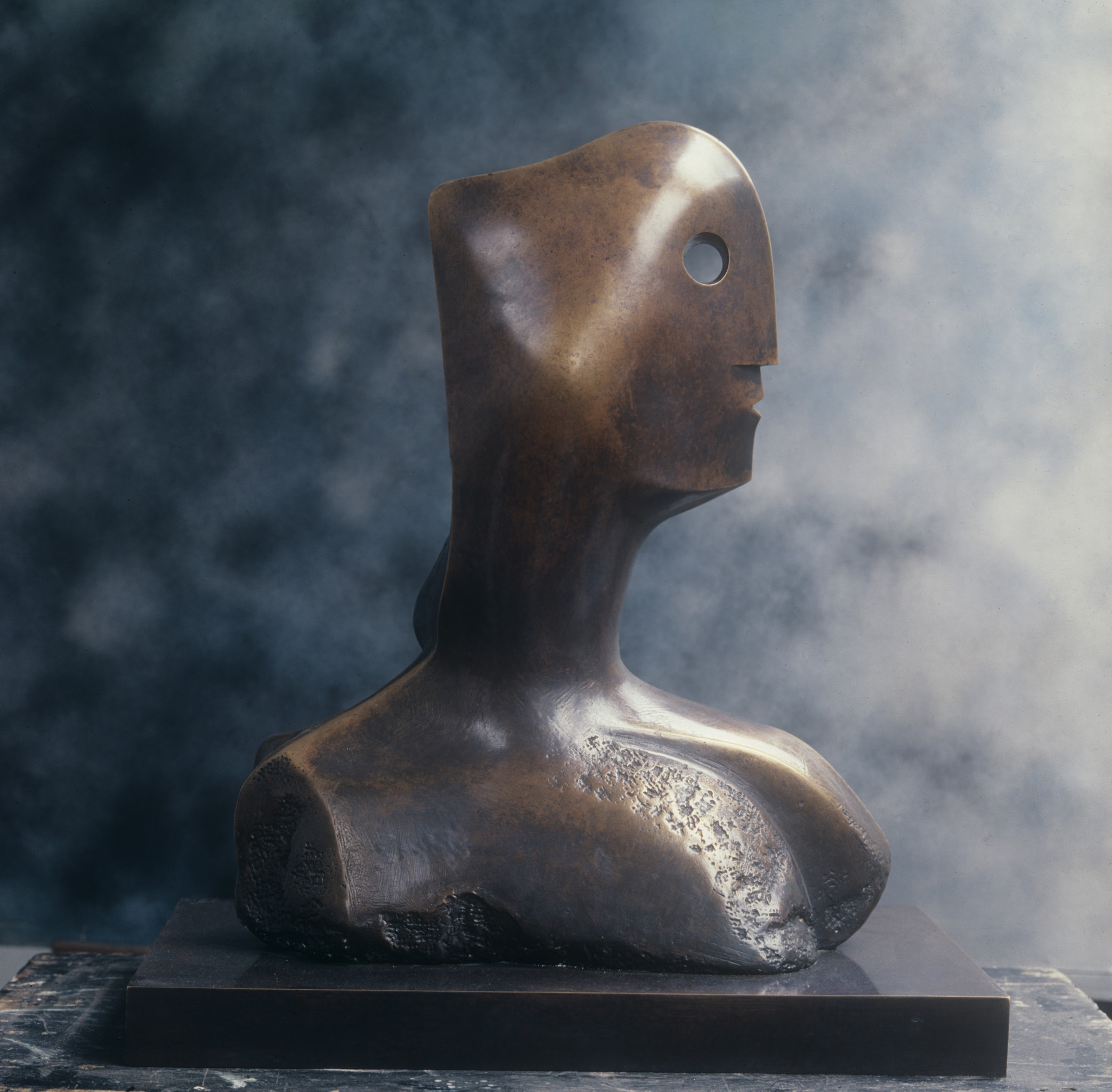Michael McIntyre’s ‘Man Drawer’ sketch from his 2008 Hammersmith Apollo routine sums up my life with objects. The out-of-currency foreign coinage, the electrical leads with no obvious function, the keys to the house I no longer own and the batteries with dubious levels of charge – yes, I have that drawer. In fact my world is full of things like that. At home and at work there seems to be stuff everywhere; often electronic, sometimes expensive, usually designed and then manufactured. We buy, store and use things constantly, but as Macintyre humorously reminds us objects can ultimately fascinate and confuse us in equal measure.
Sculptures are some of society’s most curious objects, things without function in the world other than that of being a sculpture. As the power of consumer objects to entice and enable has increased exponentially (unlike the batteries inside them), so too has sculpture’s popularity and profile.
From Hampshire to Yorkshire, Sculpture is on display right now like never before. It’s as if the country’s art museums and galleries have linked up to become one giant vitrine to present sculpture’s past, present and future.
I took a trip recently to see “probably the most famous sculpture in the world”, Michelangelo’s David” at London’s Victoria and Albert Museum (Cast Courts, open daily, free admission). The V&A is surely Britain’s most celebrated object storehouse, and like the Pitt Rivers Museum in Oxford (the country’s best-kept secret; proud keeper of a witch in a bottle and numerous shrunken heads), an Aladdin’s cave of beautiful and clever things, arranged variously by nationality, material or function.
David stands in a room with other casts, many of a size that defies belief. There’s an entire church front and a double spiral stairwell that begs the question, how on earth did they get it in the room let alone get it made? The plaque accompanying the statue explains that it was a gift and one of a number of ‘replicas’. It says that it was made from hundreds of separate moulds that were then meticulously jigsaw-ed together by human hands. It celebrates certain human values (strength, victory, pride) whilst commemorating a specific event in history (that fight with Goliath), both good reasons to make and own objects. Celebration and commemoration no doubt justify the existence of many a humble trinket or souvenir lining mantle pieces and window shelves across the country. The beach find from a family holiday and the antique shop ‘object d’art’ both share a sense of history or craftsmanship that we find appealing and hold dear.
Before it has value through association or intrinsic worth, sculpture has form. It is the art of the third dimension. Whilst paintings might be mixed media, collage or even relief it is an object that you walk around, hold or touch. It has a mass, weight and volume in ways that painting does not, and often these qualities are matched by a similar sense of scale and size that also presents itself in ways unique to the medium. When we are faced with objects they appear heavy or light and so we imagine their use – perhaps lifting or carrying them. We ask ourselves would this fit in my hand? Knowing what we do about the difference between metal and polystyrene we don’t actually need to raise a sculpture off the ground to imagine what it would be like to do so. We appreciate rough and smooth and cold and hard intuitively, and similarly we naturally encounter sculptures in proportion to ourselves as human beings. Sculptures are life-size, or bigger or smaller. We experience all these qualities simultaneously – texture, imagined weight, form and scale – as we live and breath in the space the object shares with us.
But there is one a singular difference between the sculptural artefact and the everyday item that we can never escape. A characteristic that separates the two more than any other: function. Sculptures can have anything else and everything else in common with other objects but somehow rendered as art they become only that, and especially that.
When in 1917 the artist Marcel Duchamp notoriously placed a urinal, upturned and signed, in a gallery, the art world was so too turned upside down. The Tate owns an artist-authorised replica, fabricated almost 50 years after the original, and re-produced using a photograph (Tate Modern, London, Level 4, display room 4, open daily, free entry). It is completely white and made of porcelain, the material of fine china drinking vessels. It is rather beautiful too, though the curved and seemingly soft edging betrays its cold, solid volume. It does rather look like a shell or fossil but there’s no escaping that it’s a gents urinal.
It asks a lot of questions, big ones too; new ones for their time but fundamental to art even now, philosophical questions about function, process and value. Ask any art historian and they’ll tell you: sculpture after Duchamp’s “Fountain” was never the same again.
Like painting and culture generally, sculpture saw a burst of activity and progress in the modern period with the repercussions still being felt today. The (inaugural) Hepworth Prize for Sculpture in Wakefield (on show until 19 February), finally gives due credit to the object as art. The winner, Helen Marten, has also won this year’s Turner Prize (Tate Britain, London), so the sculpted object finally feels like it’s getting the press it deserves.
To really appreciate the journey Modern British has been on we need to go back to one of it’s forefathers, Henry Moore. “Sculpting From Nature” (The Lightbox in Woking, 21 January 2017 – 7 May 2017) is an exhibition of his work specifically referencing his study of seedpods, fossils, stones and shells. It’s central to understanding the key transition in sculpture, as it broke with historical tradition at the start of the last century. Moore’s work acts as a pivot moving away from previous romantic conventions – the nude figure that is, usually female, but not always, carved in wood or stone and displayed on a plinth. It was Moore, alongside Barbara Hepworth I hasten to add, that ushered in abstraction, but also the move from carving to casting, and beyond life-size. Later it would be Moore’s assistants (Sir Anthony Caro and Richard Wentworth) who would take up the gauntlet once again, establishing the plinth as the work itself, using ‘modern’ materials and techniques (commercial offcuts and industrial processes).
Marten’s work has been described as sculpture for the digital age, recognition of the cut-and-paste, drop-and-drag culture we live in. They are very strange things indeed, eminently recognisable but obviously constructed though not like Moore. His forms were mother and child made pebble-like, Marten’s installations are sci-fi film prop mixed with shop-fitters by-products. Whilst his could almost have been found, hers could never be anything other than meticulously tailored. Just look at the list of ingredients too: his are clay or bronze perhaps, hers are straw, leather, shell, coffee beans, cherry stones, milk cartons, feathers and cigarettes; all as novel as they are unexpected. As the son of a coal miner, hand tools and carving might have come quite naturally to Henry Moore. Walking the Yorkshire hills of a Sunday, stumbling across curiously shaped ancient flints reminiscent of animal bones was second nature to him. He assembled a ‘library of natural forms’ that inspired drawings, which in turn became public sculptures up and down the nation. They are singular forms, but together become a dispersed family – he was the seventh of eight sons, at a time when such a large household was more the norm. Marten, like her work, is very much of today, made for the gallery, possibly designed by computer. Her forms are engaging precisely because they mix the natural and the constructed in complicated combinations, they’re mash-ups of found and fabricated forms.
In the 1960’s Robert Rauschenberg re-configured metal car parts to look like giant children’s recycled toys (his work is still at London’s Tate Modern, up until the beginning of April, Robert Rauschenberg (Tate Modern until 2 April). A 5 minute walk from Kings Cross Station at Gagosian, Britannia Street (NJ-2, rounds: equal weight, unequal measure, rotate until 10 March) there’s Richard Serra’s monumental sheet steel maze and mammoth blocks. Somehow both funereal and life affirming, Serra’s work manages to be playful and metaphysical too. Rauschenberg and Serra represent the two extremes of material manipulation; in the way Moore and Marten show us new beginnings and potential possibilities.
All the things of life have been imagined, planned and tested, made by hand or machine. Time and money has been spent considering each element. Look around you now and see the all those things that surround you. As for the art objects: use your SatNav to find them, your camera to photograph them, and your ‘phone to share proof of their existence, and realise that all that happened on one device; carried always in your pocket. It’ll need re-charging after all that, as will you.
IMAGE ABOVE: Henry Moore (1898-1986), Head, 1984, © Reproduced by permission of The Henry Moore Foundation



